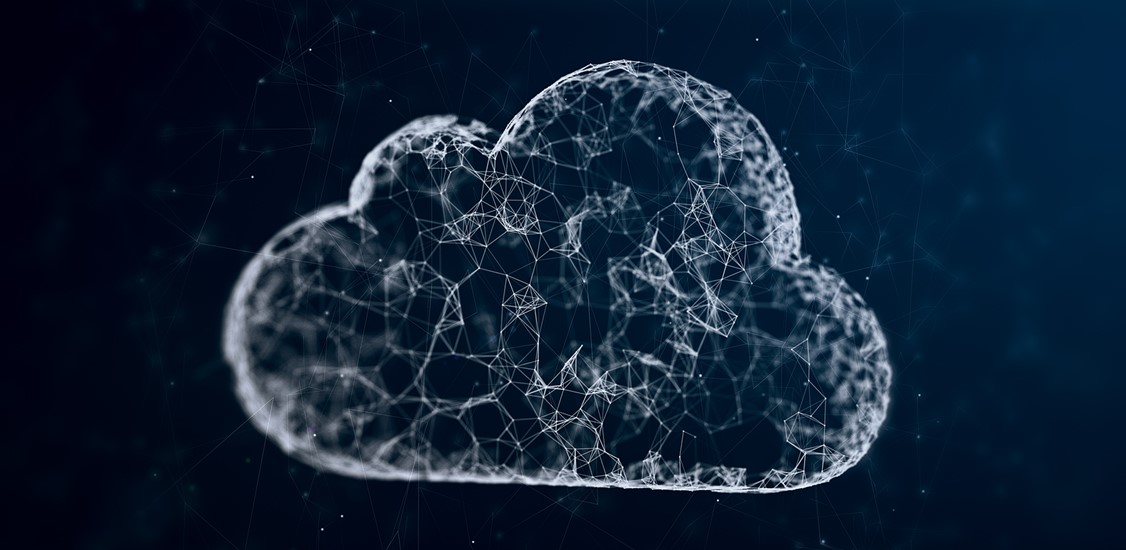Strategizing with Digital Service Provider (DSP) CTOs is a critical part of my job at Intraway, and while those conversations typically cover forward-looking initiatives, rarely do they prioritize the “metaverse”.
CTOs are true leading experts, so they understand the storylines tied to metaverse technologies like augmented and virtual reality, digital avatars, NFTs DLT, cryptocurrencies, and virtual cities well enough. What they tend to find lacking, however, are the compelling, big-picture use cases that would make the metaverse a higher priority. In the eyes of the business and technology leaders we work with, there are many things more urgent than the metaverse in 2023.
Here are five of them.
What could be more important than the metaverse?
Sometimes we forget that even if a CTO or CIO comes from a technology background, being in the c-suite makes them business people first. As the CTO of a supplier, I am lucky to focus on tech matters because leaders of large enterprises around the world, including DSPs, are worried about issues like war, inflation, and the threat of recession.
On the technology side, though, we see five common needs that will be more important to CTOs than the metaverse in 2023.
#1: Cloud consolidation
In 2023, cloud consolidation will speed up, and DSPs will act more confidently thanks to a better understanding of how clouds work and how to extract the benefits they each offer.
Nearly all DSPs are working to change from operating bare metal on their own premises to running out of multiple public clouds. Often they have formed relationships with large hyperscalers like Google, AWS, or Microsoft as a first step. The process of learning how to reap the benefits of any cloud can happen in baby steps, yet CTOs will look to consolidate their cloud suppliers while maintaining the ability to deliver services in any environment when they want to change cloud partners.
#2: New digital service creation
In 2023, DSPs can improve their position in markets where they already have a stake, rather than leaping into new metaverse ideas, especially with cloudy economic skies ahead.
Many DSPs remain in a static mode from a product perspective where they sell internet services in various shapes but are mainly “dumb pipe” providers. This is happening despite costs rising, especially with new spend on fiber and 5G. DSPs know they need to create new revenue streams. Competition is no longer coming from other DSPs but from other software companies, with focus on delivery and agility (i.e. Netflix, Spotify, Amazon, etc.). Adding new value to become more competitive is crucial. DSPs can do it in video, music, and game streaming, but they need to invest in becoming much more agile more quickly. The opportunity in these markets rests in their maturation from pure subscriber addition mode to a focus on churn/retention. Conventional wisdom says DSPs can win with bundle personalization and tie-ins that anchor customers, like making streaming part of a mobile or internet subscription. Earning that win in 2023 will prove more important to many operators and could be the move that makes metaverse applications more relevant in 2024.
#3: Telco API-fication
If metaverse issues become mission critical for DSPs, API-fication will be an underlying reason that advances in 2023.
Making a set of services such as personalized streaming packages, requires DSPs to bring their integration efforts and costs down. This need is driving interest in standard APIs for integrated core processes. Now though, DSPs are looking at APIs in bigger ways. Where developers experimented and succeeded with a range of API-driven mashups in the Web 2 world, the Web 3 world takes mashups to an industrial scale. In 2023, DSPs can give themselves and their partners a virtual menu of systems, networks, platforms, devices, services, and capabilities exposed via APIs. With new no-code tools, multidisciplinary teams focus on business with nearly anyone able to help design, deliver, and continuously improve a service. That helps DSPs realize the full value of new tech and continuous assurance methodologies they have worked to adopt in just the past few years.
#4: Convergence of services and the operations behind them
In 2023, moving from a divided network, services, and operations model toward one where DSPs activate and interact with any technology in the fabric from just one platform is a must for transformation.
Many, if not most, DSPs still maintain separate operations stacks for different network and service technologies. Even if systems have been reduced to mobile versus landline or core versus last mile, it is rare that a service provider can, from a provisioning perspective, look at its entire network as one set of resources. Making this transition is the next best way for DSPs to cut massive costs and inefficiencies out of their core businesses while making themselves more competitive and able to deliver world-class customer experiences in any channel. DSPs that achieve this in 2023 will create market advantages for themselves in 2024 and beyond.
#5: Big Data and AI
If anything that’s considered an area of focus with the metaverse that will be big for CTOs in 2023, it has to be big data and AI. Though Big Data/AI is not a new concept or focus, there remains much work to do. DSPs will benefit from the huge advances in those fields.
The growing AI ecosystem is providing some of the skunk-works type development around AI that organizations like Bell Labs or Xerox PARC once did for other critical technologies. DSPs can help themselves in 2023 by being better at examining these emerging tools and using them to further advance their ongoing customer and network data initiatives to prepare to capture any emerging opportunity.
Make things better for people in 2023
In the end, metaverse has become a catch-all term for emerging, connected applications that are exciting, but how they will impact or contribute to service providers’ businesses in the near- and mid-terms is not yet clear. By contrast, CTOs need to focus most on near and mid-term challenges, though they may keep a risk-aware eye on emerging technical, economic, and geopolitical challenges. But the things they’re focused on, some of which we summarized, aim to prepare their organizations for big changes. Those changes might look like today’s metaverse idea in the end. Ideally, they will focus on improving how everyone works, lives, and communicates in a suddenly much more digitalized world.






















